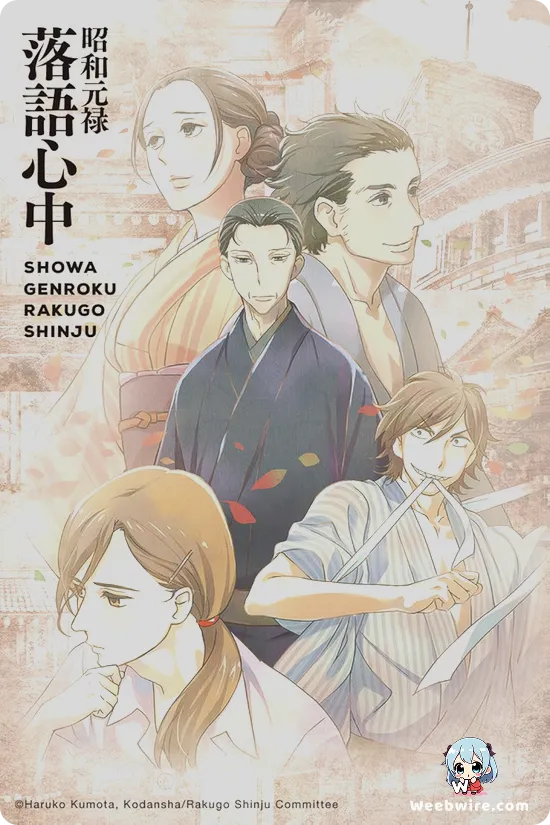Unveiling the Enduring Charm: How 'Please tell me! Galko-chan' Subverted Stereotypes with Candid Humor

In 2016, studio feel. delivered a refreshing take on the slice-of-life genre with "Please tell me! Galko-chan" (Oshiete! Galko-chan). This beloved anime series quickly distinguished itself by offering a candid and often hilarious look into the intricacies of high school life. Far from a conventional comedy, this short-form gem fearlessly explored the unspoken curiosities and common misconceptions of adolescence, masterfully blending sharp humor with unexpected sincerity. At its core, the series follows the daily interactions of the titular Galko, her quick-witted best friend Otako, and the elegant Ojou, as they navigate everything from the bewildering nuances of bodily functions to the universal anxieties of growing up. The show's deceptively simple premise brilliantly unearths deeper, universally relatable truths about the teenage experience, prompting viewers to look beyond superficial judgments.
The journey of "Galko-chan" from a popular web manga by Kenya Suzuki on Pixiv to an animated series is a testament to its unique appeal and the creator's ability to connect with a broad audience. Studio feel., known for acclaimed works such as "My Teen Romantic Comedy SNAFU Too!", expertly translated Suzuki's expressive character designs and impeccable comedic timing to the screen. Each seven-minute episode was crafted to ensure every visual gag and character reaction landed perfectly, preserving the manga’s distinct tone and visual humor. This faithful adaptation was crucial to its widespread appeal and critical acclaim.
Challenging Stereotypes with Galko
One of the series' most brilliant aspects is its subversion of stereotypes, particularly through its protagonist, Galko. With her striking blonde hair, tanned skin, and fashionable "gyaru" aesthetic, Galko initially presents an image of rebellion. However, the narrative swiftly reveals her true nature: she is remarkably innocent, often easily flustered, and possesses a deeply kind and sensitive heart. This deliberate contrast between her outward appearance and inner self serves as the show's primary comedic engine, constantly generating misunderstandings and encouraging viewers to reassess preconceived notions. It is a powerful narrative device that underscores the show's subtle thematic depth and its call to appreciate individual complexities beyond superficial judgments.

The Dynamic Trio: Otako and Ojou
Complementing Galko are her two inseparable friends. Otako, identifiable by her glasses and passion for "otaku" culture, acts as the intellectual and sometimes cynical catalyst, often initiating the more inquisitive discussions. Ojou, the refined and well-mannered rich girl, offers a more naive perspective, frequently interjecting with surprisingly blunt yet innocent observations that add another layer of humor. The dynamic interplay among these three distinct personalities forms the core of the show’s comedic and thematic strength. Their frank discussions, ranging from the mundane to the surprisingly intimate, are handled with a light, informative, and incredibly funny touch, never feeling didactic or explicit. Anchored by their genuine friendship, even their most outlandish conversations resonate with authenticity, making the series a truly grounding and relatable experience. The series' enduring popularity highlights its success in creating a safe, humorous space for exploring topics often deemed taboo, ultimately normalizing aspects of life and fostering empathy through laughter.
Credits
Please tell me! Galko-chan
Author
Kenya Suzuki
Cover Art
Kenya Suzuki
Studio
feel.
Publisher
Kadokawa
Producers





